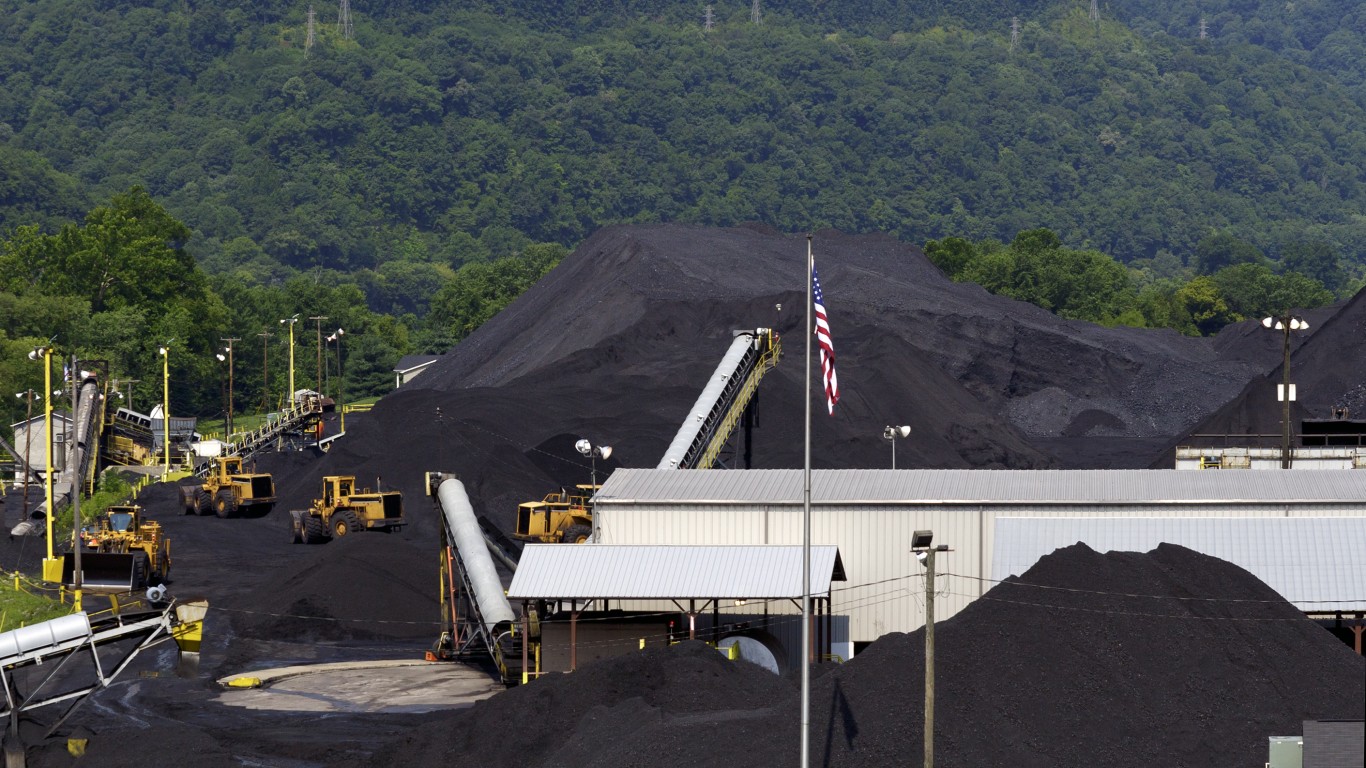
In April 2015, the California Public Utilities Commission (CPUC) fined PG&E Corp. (NYSE: PCG) $1.6 billion to pay for an explosion in San Bruno, California, that killed eight people and destroyed an entire neighborhood. The company’s shareholders also won a then-unprecedented $90 million settlement with the company that included reforms both in the company’s management and in its natural gas operations.
And there was more. In August 2016, the utility company was convicted of six felony counts related to the San Bruno explosion, and in January the company was sentenced in ruling that cost PG&E the maximum fine of $3 million and brands the company as a convicted felon.
In the second quarter of this year, the company took a $2.5 billion charge anticipating claims related to last year’s wine country fires that caused an estimated $15 billion in damages. Some of the blazes were sparked by PG&E power lines. The company faced more than $17.3 billion in potential liabilities for these damages, according to Bloomberg.
2018 is not turning out much better for the battered utility. PG&E on Monday said that some of the company’s equipment may have started the Camp Fire that has so far killed at least 29 people and destroyed the northern California town of Paradise.
PG&E has paid or will pay out at least $30 billion, not counting damages from the Camp Fire that could easily run to another $15 billion or more. How can a public company stand to take those kinds of losses for three straight years, as well as the prospect that this may be the new normal?
For one thing, PG&E persuaded the state legislature to let the company issue state-authorized bonds to pay off the 2017 claims. That helps. The legislature also gave the company authority to issue similar bonds beginning in 2019. Also good. But state lawmakers left a hole for 2018 that will now have to be filled.
PG&E seems never to miss a chance to get fined for something. Earlier this year the company got slapped with $97.5 million fine from the CPUC related to the San Bruno explosion for conducting back-channel talks with — wait for it — the CPUC. The commission ordered PG&E not to collect from ratepayers $63.5 million in 2018 and 2019 revenue. The utility also must forego another $10 million the next time it asks the CPUC for new billing levels in a general rate case. CPUC also ordered PG&E to pay $12 million to the state treasury, $6 million to the city of San Bruno and $6 million to the city of San Carlos.
The company also was fined $2.7 million for a data breach of confidential leaked by a third-party contractor to PG&E. The company did not confirm or deny the charges, it just paid the fine for losing more than 30,000 records in two months of 2016.
Is PG&E just unlucky or is there something systemic to all its troubles? If the former, the company and its shareholders can expect little relief from Mother Nature. Persistent drought and rising temperatures have taken a heavy toll on California and that is unlikely to change.
If the latter, then perhaps shareholders ought to demand more management accountability and less dependence on what is essentially a monopoly position. Being an energy distribution company in California in the present day is certainly no picnic. That doesn’t mean the business has to be one disaster after another. PG&E has been in business for more than 100 years, but Sears has demonstrated recently, that doesn’t mean anything without smart management committed to shareholder and customer rights.
PG&E shares traded down about 15% at $33.90 Monday afternoon, in a 52-week range of $24.96 to $58.38. The low was posted this morning.
Another California utility stock being hammered Monday is Edison International (NYSE: EIX), trading down about 11.3%, at $54.13 in a 52-week range of $45.50 to $83.38. The low also was posted this morning.
Thank you for reading! Have some feedback for us?
Contact the 24/7 Wall St. editorial team.
 24/7 Wall St.
24/7 Wall St.


